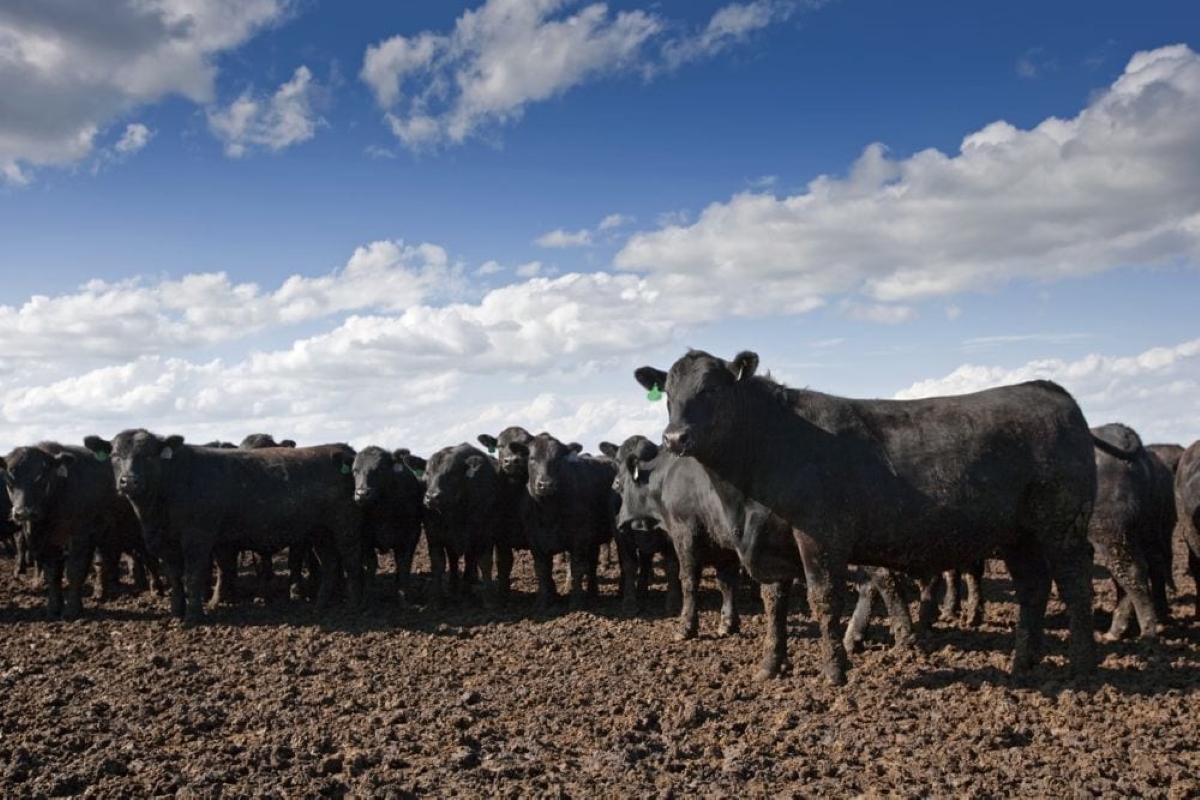Glacier FarmMedia – Although canola futures on the International Exchange have lost a fair bit of value over the last several weeks, there is a case to be made that the Canadian oilseed is rangebound.
“We have been in a range in canola since the beginning of the year. The November contract started around $680 [per tonne], dropped to $600, and we moved up to $680. Now we’re down to $600,” explained David Derwin, commodity portfolio manager for Ventum Financial in Winnipeg.
He added that canola overall has lost about C$100 per tonne just in the last month.
Read Also

U.S. livestock: Cattle futures end limit down
Chicago live and feeder cattle futures fell by their limits on Monday following news of a Nebraska processing plant closure….
“It’s like an elastic band. You can only pull it down so far before it snaps back a little bit,” Derwin said.
But for that to occur, he said canola must breakout of its sideways range, with the new crop November contract finding support at C$600/tonne. He explained that movement upward or downward would be preceded by a period of sideways trading.
“It would be reasonable that probabilities would suggest we could in a wide range,” Derwin noted.
However, if canola were to rise again Derwin believes it would top out this time at C$650 to C$660/tonne, noting there are a lot of ifs involved.
Most importantly he pointed to the weather, in which cooler than normal temperatures on the Prairies combined with ample amounts of rain have slowed canola’s development, as well as that for other crops.
While canola remained largely in good shape across the region, the crops are in a weather market. Conditions that pose a threat to the crop would help to generate price increases, vice-versa if the weather were to improve.
“With any type of higher movement that does develop, whether its $50 or $60, producers should be very much ready to make some sales,” Derwin said.
















